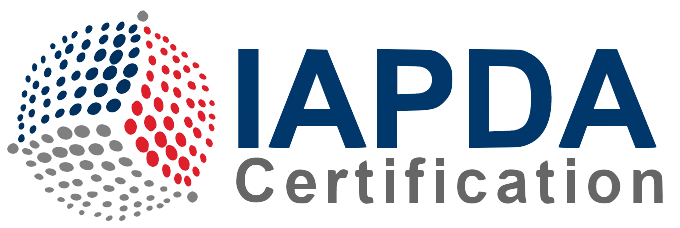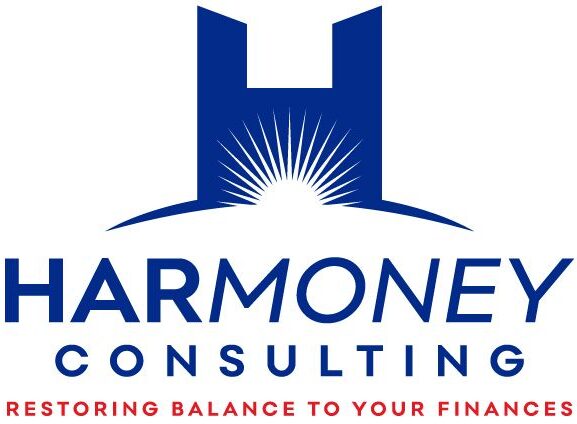Debt Relief Solutions
Living debt-free is the key to financial freedom. Explore all your options before making major financial decisions.
- Free debt analysis
- We're here to help
Speak with a trusted debt consultant today. 888-427-1415

Debt Facts
Discover the various types of debt and how they impact your finances
Types of Debt
Secured Debt: A loan backed by an asset, such as a house or car. If the borrower defaults, the lender has the right to seize the asset to recover the outstanding balance.
Unsecured Debt: Debt that isn’t tied to any specific asset, such as credit card balances or medical bills. If a borrower fails to repay, lenders may pursue legal action but cannot claim property as collateral.
Revolving Debt: A flexible line of credit that can be borrowed, repaid, and borrowed again, like credit card debt. Borrowers must make minimum monthly payments, with interest accumulating on unpaid balances.
Installment Debt: A loan repaid in fixed, periodic payments over a set term, such as a mortgage or auto loan. Monthly payments remain consistent until the debt is fully repaid.
Consolidated Debt: Multiple debts combined into a single loan, often with a lower interest rate or reduced monthly payments. This is achieved through a debt consolidation loan, balance transfer credit card, or other financial tools.
Payday Loans: Short-term, high-interest loans typically due on the borrower’s next payday. These are commonly used for urgent cash needs but come with steep borrowing costs.
Student Loans: Loans designed to cover education costs, often with lower interest rates than other unsecured debt. They can be federal or private and usually offer flexible repayment plans.
1. Secured Debt: Loans backed by collateral, allowing lenders to seize assets if the borrower defaults. Examples include:
- Mortgage loans
- Auto loans
- Home equity loans
- Secured personal loans
- Secured credit cards
2. Unsecured Debt: Debt not tied to specific assets, where lenders may take legal action but cannot claim property. Examples include:
- Credit card debt
- Medical bills
- Personal loans
- Student loans (for private universities)
- Utility bills
3. Revolving Debt: A flexible credit line that can be borrowed, repaid, and reused. Examples include:
- Credit card debt
- Home equity lines of credit
- Personal lines of credit
- Retail credit accounts
- Gas credit cards
4. Installment Debt: Fixed-term loans with regular payments until fully repaid. Examples include:
- Auto loans
- Personal loans
- Home equity loans
- Student loans (for public universities)
- Small business loans
5. Consolidated Debt: Multiple debts combined into one, often with a lower interest rate or monthly payment. Examples include:
- Debt consolidation loans
- Balance transfer credit cards
- Home equity loans used for debt consolidation
- Personal loans used for debt consolidation
6. Payday Loans: Short-term, high-interest loans meant for quick cash needs. Examples include:
- Cash advance loans
- Check advance loans
- Deferred deposit loans
- Payday loans
7. Student Loans: Loans designed to finance education, available through federal or private lenders. Examples include:
- Federal student loans (e.g., Direct Subsidized Loans, Direct Unsubsidized Loans)
- Private student loans (e.g., Sallie Mae, Discover, Wells Fargo)
- Parent PLUS loans (federal loans for parents to help fund their child’s education)
Secured Debt:
Secured debt is a loan backed by collateral, such as a home or car. Since the lender has the right to seize the asset if the borrower defaults, secured loans typically offer lower interest rates than unsecured debt.
Common examples include mortgage loans, auto loans, and home equity loans. In each case, the asset being financed serves as collateral, reducing the lender’s risk.
One key advantage of secured debt is its accessibility. Lenders may be more willing to approve borrowers with lower credit scores or irregular income, thanks to the added security of the asset.
Another benefit is its suitability for large purchases or major projects, such as homeownership or business financing. With lower interest rates, borrowers can save significantly on interest costs over the life of the loan.
Unsecured Debt:
Unsecured debt is a loan not backed by collateral, such as a home or car. Since lenders have no asset to seize if the borrower defaults, these loans typically come with higher interest rates than secured debt.
Common examples include credit card debt, personal loans, and medical bills. In these cases, lenders extend credit based on the borrower’s creditworthiness and ability to repay rather than requiring collateral.
One advantage of unsecured debt is its accessibility. With no collateral involved, the application process is often quicker and less complex than applying for a secured loan.
However, unsecured debt also carries risks. Higher interest rates can lead to rapidly increasing debt if borrowers fail to make regular payments, making repayment more challenging over time.
In summary, unsecured debt offers flexibility but requires careful management. Borrowers should assess their repayment ability, be mindful of interest rates, and commit to consistent payments to avoid financial strain.
Installment Debt:
Installment debt is a loan where the borrower receives a lump sum and repays it in fixed, regular payments over a set period, usually with interest. Common examples include car loans, personal loans, and mortgages.
Unlike credit card debt, which is often unsecured with variable interest rates, installment debt is usually secured with a fixed interest rate. This allows borrowers to budget more accurately and plan their monthly payments with confidence.
One major benefit of installment debt is its ability to finance large purchases, such as a home or vehicle, without requiring full payment upfront. It can also be an effective way to consolidate high-interest debts into a structured repayment plan.
In summary, installment debt can be a valuable financial tool when used responsibly. Borrowers should carefully assess their repayment ability and ensure they manage debt wisely to achieve their financial goals.
Consolidated Debt:
Consolidated debt is a loan that combines multiple debts into one, offering a single monthly payment. This can help simplify debt management while potentially lowering interest rates and reducing monthly payments.
There are several ways to consolidate debt, including personal loans, balance transfer credit cards, or debt management plans. Each method has its own pros and cons, so borrowers should carefully evaluate their options before proceeding.
One key benefit of consolidation is cost savings. By merging high-interest debts into a loan with a lower rate, borrowers can reduce interest charges and potentially save thousands over time.
Another advantage is improved financial organization. Instead of managing multiple payments and due dates, borrowers make a single monthly payment, making it easier to stay on track and avoid missed payments.
In summary, consolidated debt can be a powerful tool for simplifying finances and lowering costs. However, responsible borrowing and disciplined financial habits are essential to prevent falling back into debt.
Credit Card Debt:
Credit card debt can become a heavy financial burden, especially with high interest rates. While credit cards offer convenience and rewards, carrying a balance can quickly lead to costly debt.
Interest rates vary, but the average credit card APR in the U.S. is around 16%. If a balance is carried over, interest accumulates rapidly, making it difficult to break free from the cycle of debt.
High interest rates can make repayment challenging, even with regular payments. For instance, a $5,000 balance at 16% interest, with only minimum payments, could take over 13 years to repay and cost more than $6,800 in interest alone.
To prevent debt from spiraling, it’s crucial to limit unnecessary credit card spending and aim to pay off balances in full each month. Avoiding new debt while focusing on repayment is key to financial stability.
In summary, credit card debt can be difficult to manage due to high interest rates. Staying mindful of spending, making consistent payments, and exploring options like balance transfers or consolidation can help regain control and achieve financial freedom.
Payday Loans:
Payday loans are short-term, high-interest loans typically due on the borrower’s next payday. While they offer quick access to cash in emergencies, they can be extremely expensive and lead to a cycle of debt.
These loans come with significantly higher interest rates than traditional loans, with APRs ranging from 400% to over 1,000%. If a borrower cannot repay the full amount by the due date, the debt can quickly spiral out of control.
Beyond high interest rates, payday loans often include extra fees, such as origination and late payment fees. These charges add up fast, making repayment even more difficult for struggling borrowers.
Due to their high costs, payday loans are often criticized for targeting vulnerable borrowers who may not fully understand the loan terms. To protect consumers, many states have placed strict regulations or outright bans on payday lending.
In summary, payday loans may provide fast cash, but they come with serious financial risks. Borrowers should carefully review the terms and explore alternatives like personal loans or assistance from family and friends before resorting to payday lending.
Student Loans:
Student loans help cover higher education expenses, including tuition, books, and living costs. They can be obtained from the federal government or private lenders and generally offer lower interest rates than other types of loans.
One major benefit of student loans is their ability to make education accessible to those who might not afford it upfront. A college degree can lead to higher earning potential and greater career opportunities.
Federal student loans offer flexible repayment options, such as income-driven plans that adjust payments based on income and family size. Some borrowers may also qualify for loan forgiveness programs, especially those in public service roles.
However, student loans are still a financial obligation that must be repaid with interest. Borrowers should carefully assess their repayment ability and borrow only what is necessary. Understanding loan terms, interest rates, and repayment options is essential.
In summary, student loans can be a valuable tool for funding education and improving future earnings, but they should be used responsibly. Borrowers should plan wisely, understand their obligations, and ensure they can manage repayment effectively.
Accreditations




Effective Solutions for Debt Relief
Ready to Take Control of Your Debt?
Get your financial freedom back and have a new beginning.
Call us Now: 888-427-1415

